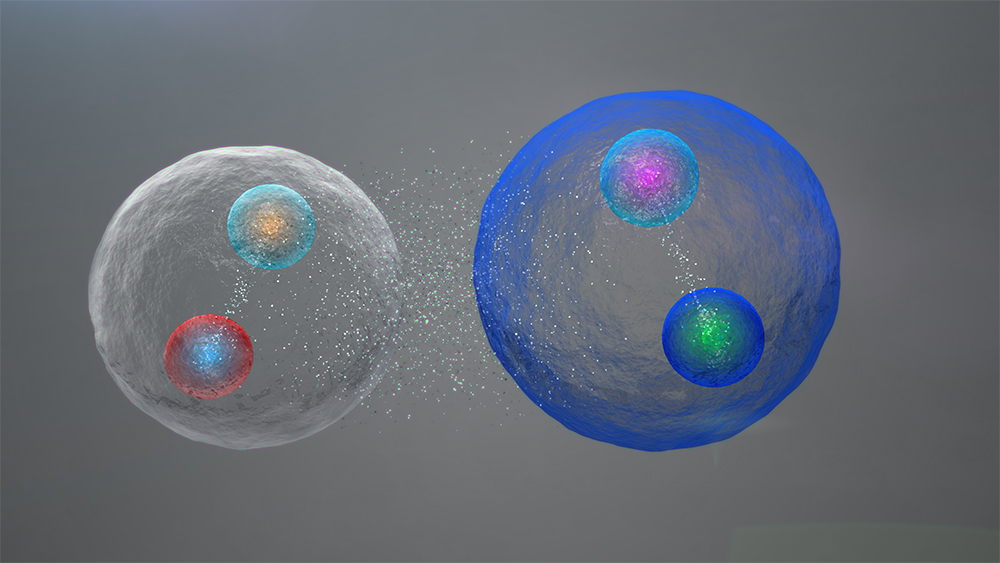The lunar calendar discovered by archaeologists in a field at Scotland dates back to 10,000 years ago. You must be thinking that calendar must be a paper or a leaf scroll with scribbled information, tucked under the ground for generations. But that is not how calendars were thousands of years ago.
The calendar had a set of 12 pits. Since a lunar calendar works on the cycles of lunar phase, the 12 pits represent 12 phases of the moon – waxing, waning, crescent, gibbous. The pits are arranged in a 50 meter long arc.
Archaeologists suggest that the calendar must have been the work of the hunter gatherers to keep track of time and seasons.
The presence of pits at a field in Aberdeenshire, Scotland was first discovered by archaeologists in 2004, but it took them almost 10 years to excavate and research the site to reach a conclusion.





Leave a Reply